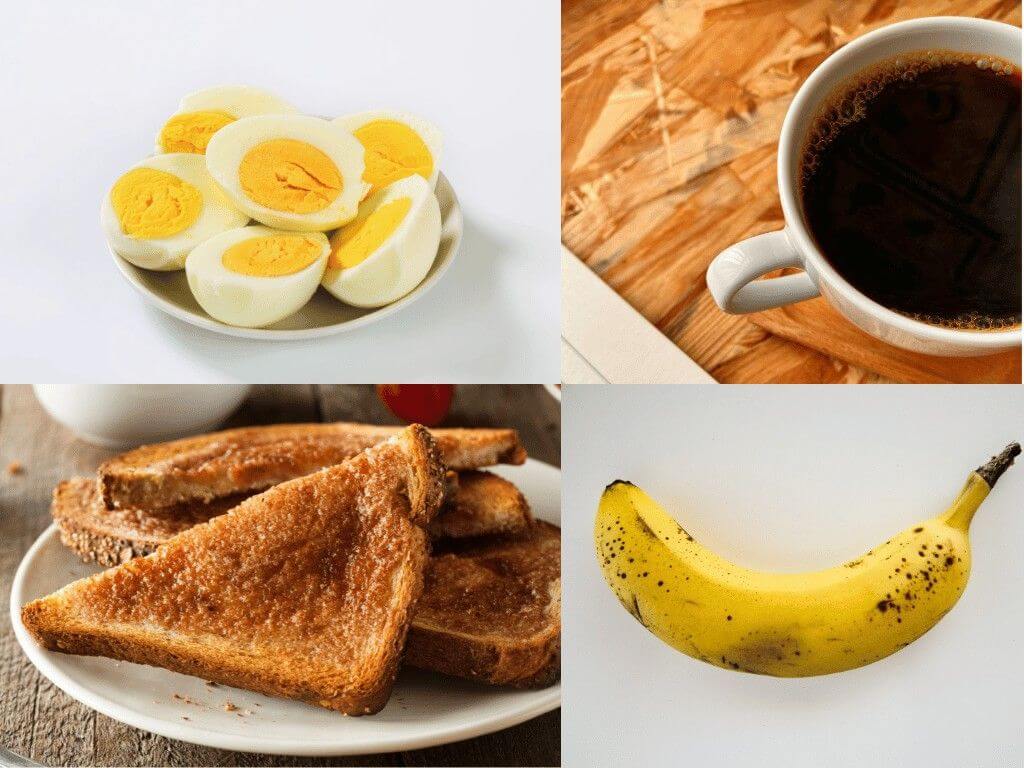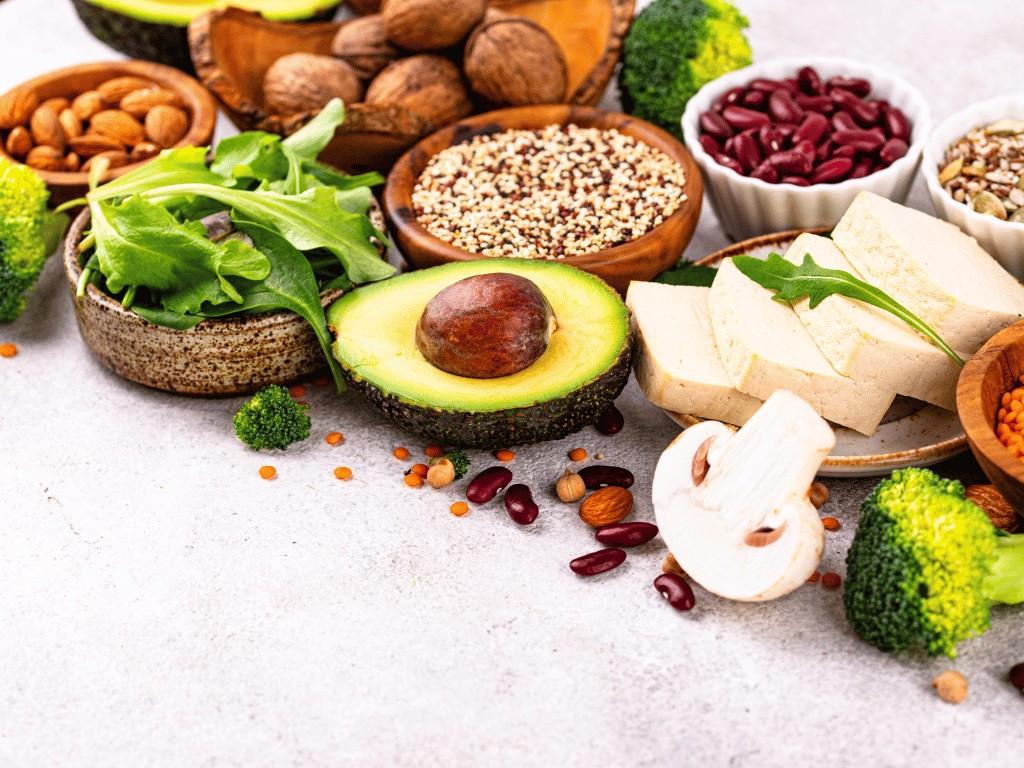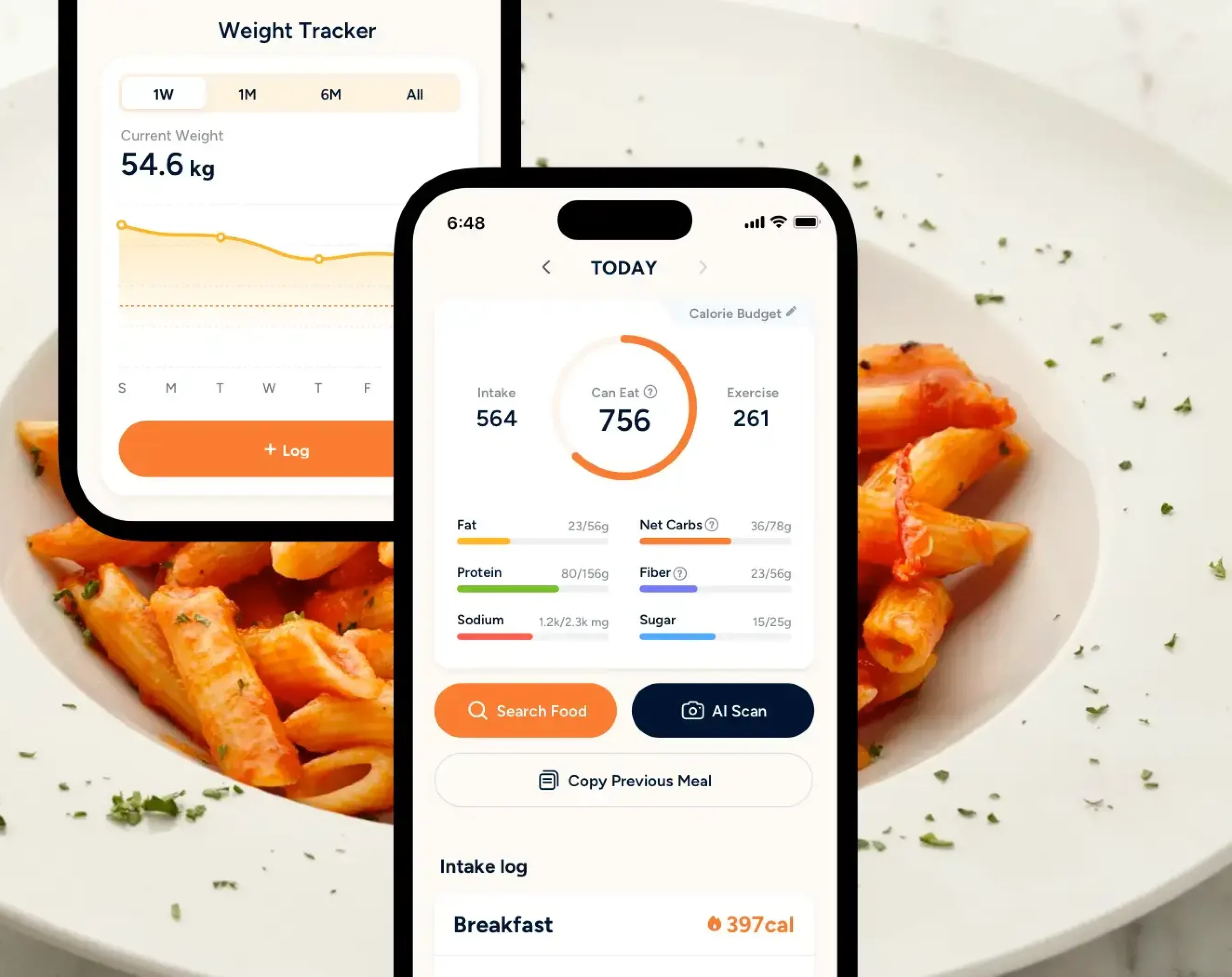Ever wondered what our ancestors ate millions of years ago to survive on Earth? According to scientists and anthropologists, our hunter-gatherer ancestors would have probably been on a Paleolithic diet, or a diet that focused on whole foods. So what exactly are paleo foods? This is what we will be exploring in this article, along with a complete paleo food list to guide you.
Key Takeaways
- The Paleo diet emphasizes fresh meats, fish, vegetables, fruits, nuts, and healthy fats.
- Also called the AIP diet, it removes foods that may trigger inflammation and follows an elimination-reintroduction protocol to support autoimmune and gut health.
- Avocado, olive oil, and certain nuts are included to support satiety and good cholesterol, showing that not all fats are off-limits.
- The 85-15 rule allows 85% paleo-friendly foods and 15% non-paleo foods, helping beginners adapt without feeling restricted or overwhelmed.
- Meal prepping, reading labels, finding paleo-friendly alternatives, staying hydrated, and listening to your body can make following the diet easier.
What is the Paleo Diet?
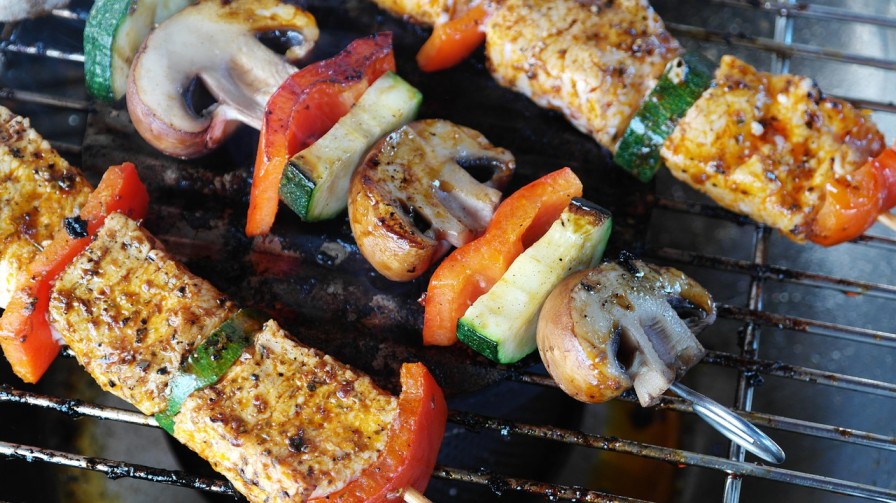
The Paleo diet, also known as the Paleolithic diet, is an eating plan that involves eating whole foods and avoiding grains, dairy products, legumes, refined sugars, and processed foods [1].
The diet is reconstructed by scientists and anthropologists based on what they thought our ancestors ate approximately 2.5 million years ago, during the Paleolithic era. It is sometimes referred to as the Stone Age or caveman diet.
What Is the Autoimmune Paleo Diet?
The autoimmune Paleo diet, more commonly referred to as the Autoimmune Protocol Diet (AIP), is an extension of the Paleo diet framework [2]. It can be considered a strict Paleo diet version.
It follows an elimination and reintroduction protocol based on a Paleo food list where foods that may trigger inflammation in the gut are eliminated, and the ones that do not trigger symptoms are gradually reintroduced into a normal diet. The diet is designed to help manage autoimmune diseases by enhancing immune regulation responses, promoting good gut health, and maintaining hormonal balance.
Under the AIP diet, there are several restrictions on what you can or cannot eat. For instance, you’ll need to avoid all types of grains, eggs, and legumes such as azuki beans, kidney beans, black beans, lentils, soy, peanuts, hummus, and peas.
Barley, corn, millet, oats, rice, rye, almond, macadamia nuts, flax seeds, quinoa, buckwheat, cane sugar, cayenne pepper, brown sugar, fruit juices, alcohol, wine, beer, and coffee are also examples of foods to avoid within the Paleo food list. It can be rather restrictive and unsustainable in the long term.

Smarter Nutrition Tracking
Track calories and over 100 other nutrients all in one place.
Download Eato For FreeWhat Foods Can You Eat on a Paleo Diet?
For the normal Paleo diet, you are restricted to eating whole, unprocessed foods as listed in the Paleo food list, most of which are highly popular and accessible, while excluding certain food items [3].
a) Meats
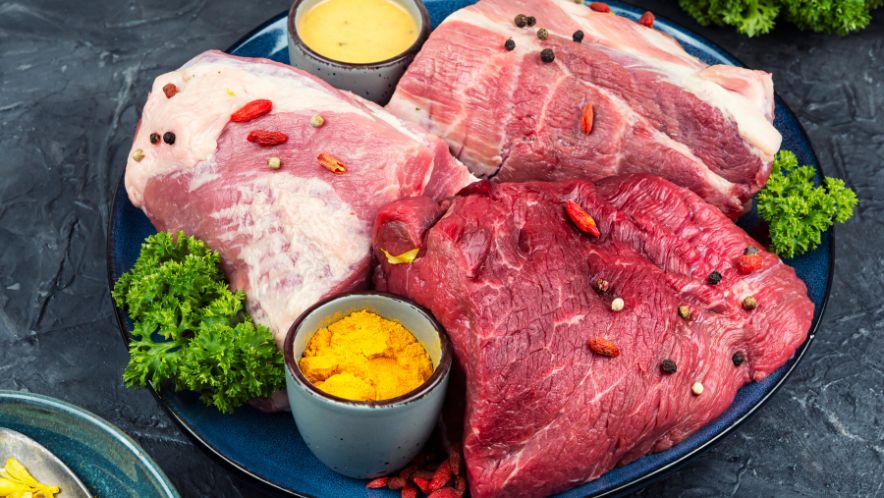
List of meats and grass-fed meats that can be eaten on the diet:
- Flank Steak
- Sirloin Steak
- London broil
- Chuck Steak
- Veal meat
- Pork loin
- Pork chops
- Chicken breast
- Turkey breast
- Rabbit meat
- Goat meat
- Alligator
- Ostrich
- Bear
- Pheasant
- Bison (buffalo)
- Quail
- Caribou
- Rattlesnake
- Elk
- Reindeer
- Emu
- Squab
- Goose
- Turtle
b) Organ meats
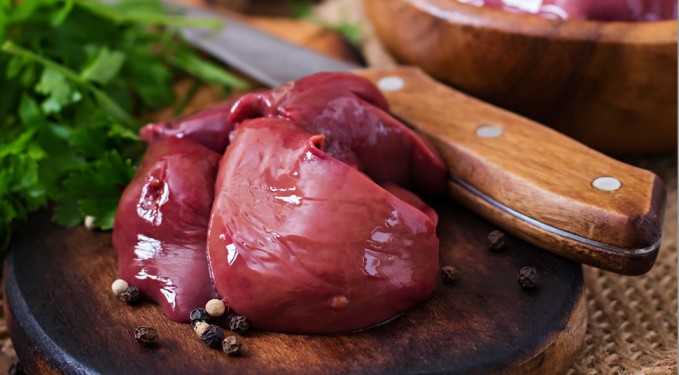
List of organ meats that can be eaten on the diet:
- Beef, lamb, pork, chicken livers
- Beef, pork and lamb tongues
- Beef, lamb and pork marrow
c) Fish and seafood
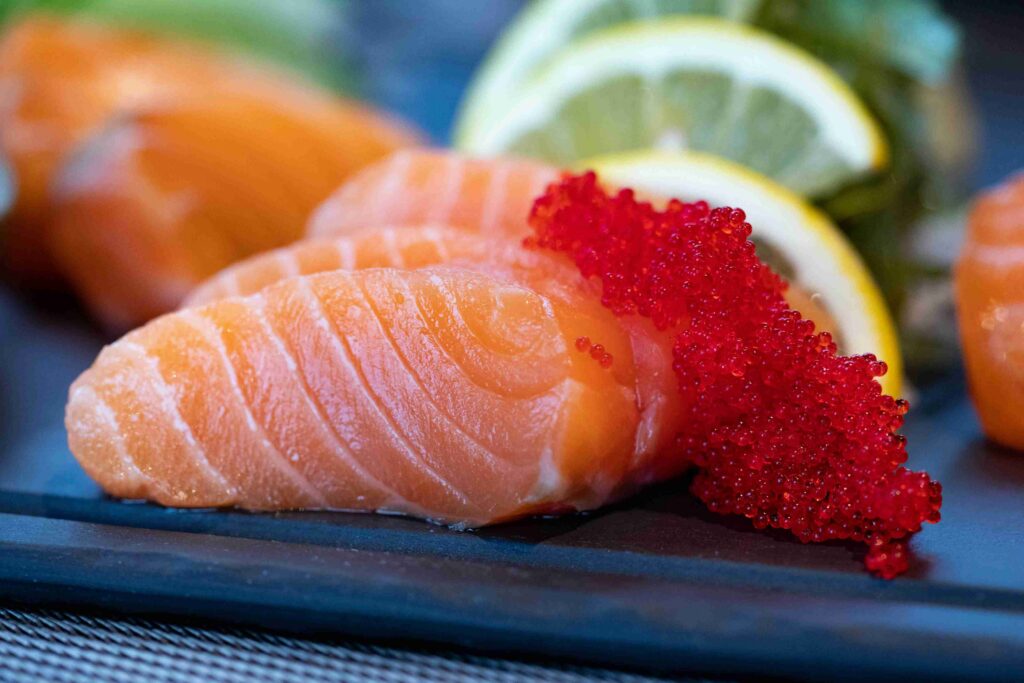
Here’s a list of fish and seafood that can be eaten on the diet:
- Seabass
- Perch
- Bluefish
- Red snapper
- Cod
- Rockfish
- Salmon
- Eel
- Flatfish
- Grouper
- Striped bass
- Haddock
- Sunfish
- Halibut
- Tilapia
- Herring
- Trout
- Mackerel
- Tuna
- Monkfish
- Abalone
- Mussels
- Clams
- Oysters
- Crab
- Scallops
- Crayfish
- Shrimp
- Lobster
d) Vegetables
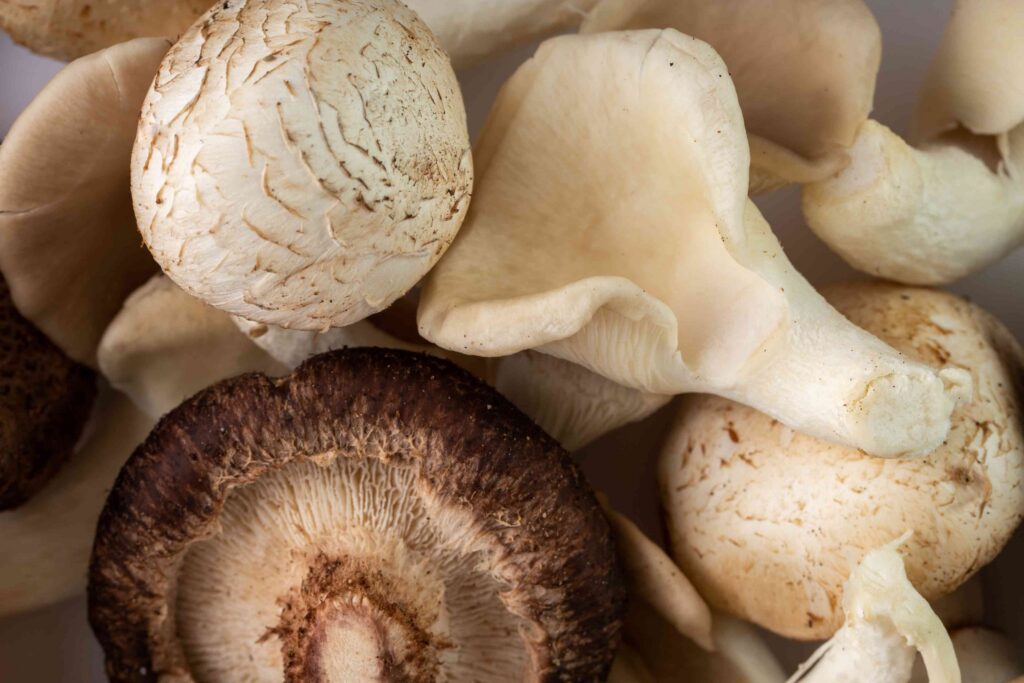
Non-starchy vegetables that can be eaten:
- Artichoke
- Mushrooms
- Asparagus
- Mustard Greens
- Beet
- Greens Onions
- Parsley
- Bell Peppers
- Parsnip
- Broccoli
- Brussels Sprouts
- Pumpkin
- Cabbage
- Purslane
- Carrots
- Radish
- Cauliflower
- Celery
- Collards
- Spinach
- Cucumber
- Squash (all kinds)
- Eggplant
- Tomato
- Kale
- Lettuce
e) Fruits
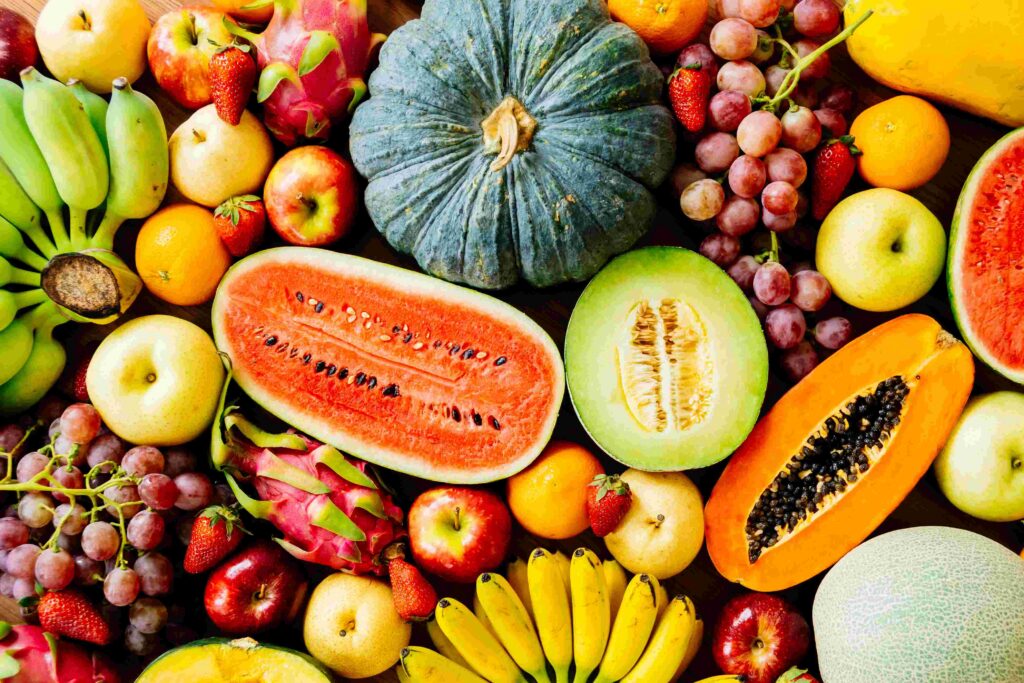
Here’s a list of fruits that can be eaten on the diet:
- Apple
- Cranberries
- Apricot
- Figs
- Avocado
- Gooseberries
- Banana
- Grapefruit
- Blackberries
- Grapes
- Blueberries
- Guava
- Boysenberries
- Honeydew melon
- Cantaloupe
- Kiwi
- Carambola
- Lemon
- Cassava
- Melon
- Lime
- Cherimoya
- Lychee
- Cherries
- Mango
- Nectarine
- Pomegranate
- Orange
- Raspberries
- Papaya
- Rhubarb
- Passion Fruit
- Star Fruit
- Peaches
- Strawberries
- Pears
- Tangerine
- Persimmon
- Watermelon
- Pineapple
f) Nuts and seeds
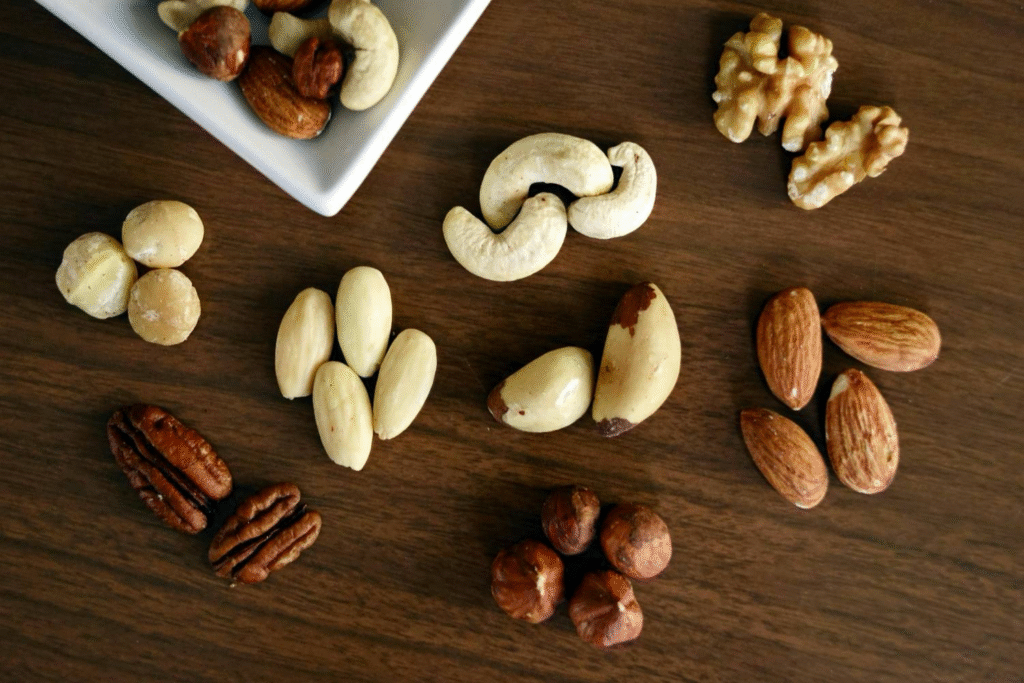
- Almonds
- Pine Nuts
- Pistachios
- Cashews
- Hazelnuts
- Chestnuts
- Macadamia Nuts
- Pecans
- Walnuts
- Pumpkin Seeds
- Sesame Seeds
- Sunflower Seeds
g) Healthy fats and oils
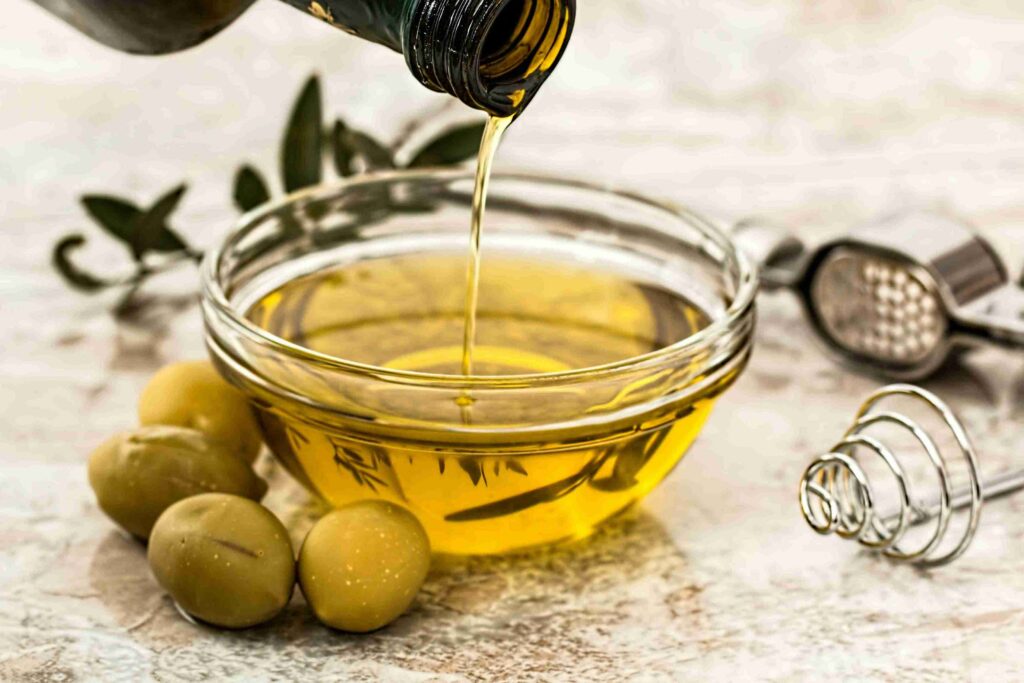
Healthy fats and oils that can be eaten in moderation:
- Olive oil
- Avocado oil
- Walnut oil
- Flaxseed oil
- Coconut oil
- Macademia oil
h) Beverages
Drinks to take in moderation:
- Diet Sodas
- Coffee
- Tea
- Wine
- Beer
- Spirits

Smarter Nutrition Tracking
Track calories and over 100 other nutrients all in one place.
Download Eato For FreeWhat Foods Are Not Allowed on the Paleo Diet?
Foods that you want to avoid on the paleo diet include dairy products, cereal grains, legumes, starchy vegetables, ultra-processed foods, fatty meats, sweets, and drinks with refined sugars. These are food items that are not on the Paleo food list.
a) Dairy Foods
Here’s a full list of dairy foods to avoid consuming:
- Butter
- Cheese
- Cream
- Cream cheese
- Non-fat dairy creamer
- Skim milk
- Dairy spreads
- Frozen yogurt
- Powdered milk
- Low-fat milk
- Ice cream
- Yogurt
b) Cereal Grains
Here are all the cereal grains to omit:
- Barley
- Corn
- Millet
- Oats (steel-cut oats, rolled oats)
- Rice (brown rice, white rice, rice noodles, basmati rice, rice cakes, rice flour)
- Rye (rye bread, rye crackers, & all processed foods made with rye)
- Sorghum
- Wheat
- Wild rice
- Grains and Seeds
- Amaranth
- Buckwheat
- Quinoa
c) Legumes
- Azuki beans
- Black beans
- Broad beans
- Fava beans
- Garbanzo beans
- Kidney beans
- Lima beans
- Mung beans
- Pinto beans
- Red beans
- String beans
- Black-eyed peas
- Chickpeas
- Peanuts
- Lentils
- Snowpeas
- Peas
- Sugar snap peas
- Peanut butter
- Miso
- Soybeans & all soybean products, including tofu
- Starchy Vegetables
- Starchy tubers
- Sweet potatoes
- Cassava root
- Yams
- Tapioca
- Potatoes
d) Ultra-processed foods
List of highly processed foods to avoid:
- Bacon
- Pork rinds
- Salami
- Deli Meats
- Frankfurters
- Ham
- Hot Dogs and sausages
- Ketchup
- Pickled foods
- Olives
- Salted nuts
- Salted spices
e) Soft drinks
- All sugary soft drinks
f) Sweets
- Candy
- Honey
- Sugars
- High fructose corn syrup
- Artificial sweeteners
g) Inflammatory oils
- Corn oil
- Soybean oil
- Canola oil
- Sunflower oil
- Palm oil
- Safflower oil
- Peanut oil
You can also find the full list of paleo-friendly foods in PDF Format here:
7 Tips and Tricks for Trying the Paleo Diet
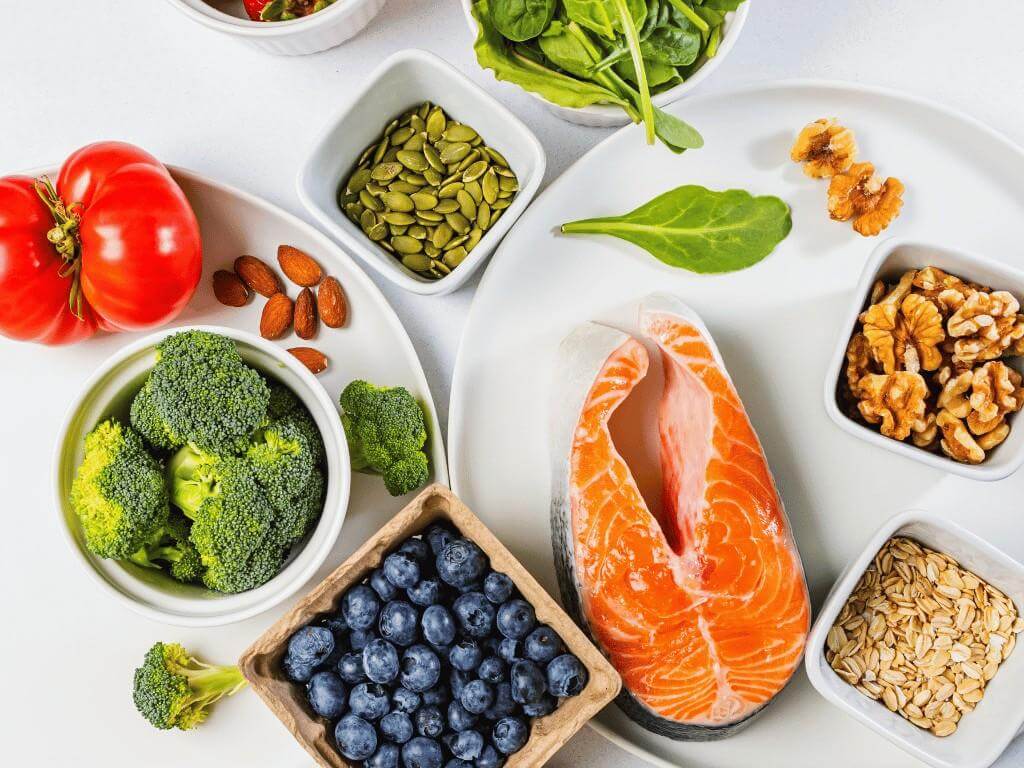
1. Focus on whole food options
The easiest way to think about eating whole foods is to remember that they should be fresh and not frozen. This means fresh fruits and vegetables, lean meats, fish, eggs, nuts, and seeds.
2. Meal prep whenever possible
Try to meal prep whenever you can by planning and prepping them in advance. It could be on a weekend or when you have a few hours of free time. Doing so helps you to avoid the temptation to reach out for processed or non-paleo foods on the shelves.
3. Read food labels carefully
Before placing any foods or snacks into your shopping cart, it’s important to ensure that you are checking the food labels and nutritional content. Even the so-called “healthy” snacks may sneak in non-paleo ingredients like added sugar or preservatives.
4. Try paleo-friendly alternatives
If you find yourself craving unhealthy foods or snacks that you know you should be avoiding, try searching for paleo-friendly alternatives as a replacement. Examples are spaghetti squash for pasta, almond milk, or coconut milk for regular whole milk.
5. Don’t be afraid of fats
When we say not to be afraid of fats, we mean the healthy fats that can be found in avocado, olive oil, and certain nuts. Healthy fats can keep you satiated for longer and raise good HDL cholesterol levels.
6. Stay hydrated
It’s important to keep yourself hydrated throughout the day by drinking 2 to 3 litres of water. It also helps to keep you energized and focused.
7. Listen to your body
Last but not least, don’t forget to listen to your body. If you feel dizzy or lightheaded, it’s okay to stop the diet. Everyone’s body is different, and it may take a shorter or longer time for you to adjust to a new diet.
What is the 85-15 rule for paleo?
The 85-15 rule refers to an approach or principle whereby you focus on eating paleo-friendly foods for 85% of your diet and eating non-paleo foods for the remaining 15% of your diet [4].
This approach is particularly useful for those who are starting on the Paleo diet for the first time, as it offers some flexibility so that you can gradually adjust to it.
The problem with diets is that it’s very easy to approach them with an “all-or-nothing” mindset. But, having this mindset often results in feeling very overwhelmed by all the restrictions that you end up not being able to sustain the diet for long. So, this rule is meant to tackle this problem so that you can approach diet in a positive manner.
The Final Takeaway
The Paleo Diet is generally a healthy and sustainable diet to follow. It’s rather similar to diets like the Mediterranean diet or the DASH diet. There are loads of healthy foods that you can have on the diet, but it also restricts certain foods that can be good for health. If you find it hard to follow the principles of the Paleo diet exactly, consider applying the 85-15 rule or adjusting according to your body’s needs.
To help you get started on any diet, consider using the Eato app. Eato offers a smart food logging feature so that you can easily log your meals and keep track of your macronutrients. With just a few minutes a day, eating clean is made so much simpler. Try the Eato app today for free, 100% free, no commitment required.

Smarter Nutrition Tracking
Track calories and over 100 other nutrients all in one place.
Download Eato For Free
